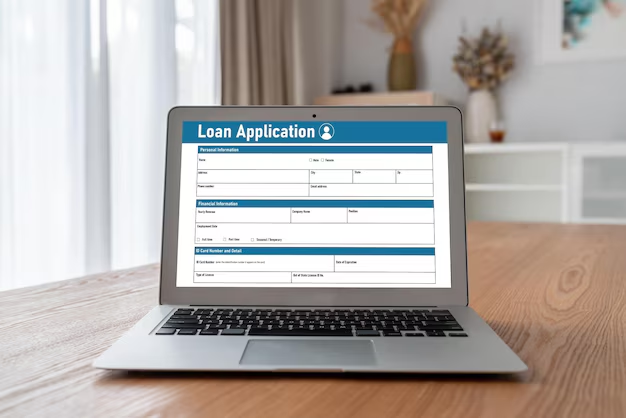Navigating the Path to Your VA Loan: What You Need to Know
For veterans and active-duty service members, a VA loan is a beneficial path to homeownership. Backed by the Department of Veterans Affairs, these loans offer competitive interest rates and often require no down payment, making the dream of owning a home more accessible than ever. But how do you apply for a VA loan, and what should you expect along the way?
Understanding the Basics
Eligibility Requirements:
Before applying, ensure you’re eligible. VA loans are available to veterans, active-duty service members, National Guard members, and some surviving spouses. Eligibility typically depends on your length of service, duty status, and character of service.
Certificate of Eligibility (COE):
This document verifies your eligibility for a VA loan. You can apply for a COE through the VA’s eBenefits portal, by mail, or through a lender.
The Application Process
1. Choose a Lender
Select a lender approved by the VA. It's wise to shop around, comparing interest rates and services offered by different lenders to find the best fit.
2. Pre-Qualification
This informal step helps you understand how much you might be able to borrow. It involves discussion with your lender about your financial situation and sometimes a soft credit check.
3. Get Pre-Approved
The pre-approval process is more thorough and includes a detailed financial review. This step requires submitting financial documentation, such as income statements and credit history. With pre-approval, you’ll know the exact amount you can borrow, allowing you to focus on homes in your price range.
4. Find a Home
Work with a real estate agent knowledgeable about VA loans. They can guide you to properties suitable for VA financing, considering the VA appraisal requirements.
5. Make an Offer
When making an offer on a house, your agent will handle negotiations and include a contingency clause for securing financing.
6. VA Appraisal
The VA requires its own appraisal to ensure the home's value matches the loan amount and meets minimum property requirements. This is not a home inspection, so consider hiring a professional home inspector for a detailed assessment.
7. Underwriting and Final Approval
During underwriting, your lender reviews all details of your loan application and supporting documents. They validate everything from creditworthiness to property eligibility.
8. Closing
Once approved, you’ll move to the closing process, where you'll sign final documents and pay any closing costs or fees. The day you officially own your home is often called the "closing date."
Exploring Additional Support
While a VA loan is a powerful tool, it may be beneficial to explore broader financial assistance to support your homeownership journey and overall financial health.
Government and Financial Aid Options:
- 🏠 FHA Loans: Considered for higher borrowing limits or easier credit qualification.
- 💵 Debt Relief Programs: Look into consolidations or payment plans to improve financial standing.
- 📊 Credit Counseling Services: Explore strategies for managing credit and improving scores.
- 🎓 Educational Grants: If you're pursuing further education, explore grants that ease educational expenses.
- 📚 VA Education and Training Benefits: Leverage these for career advancement, enhancing your ability to manage a home loan comfortably.
These tools not only assist in securing a home through a VA loan but also provide a comprehensive approach to enhance your financial well-being. By taking advantage of the resources available, you can benefit from both immediate and long-term financial stability.
